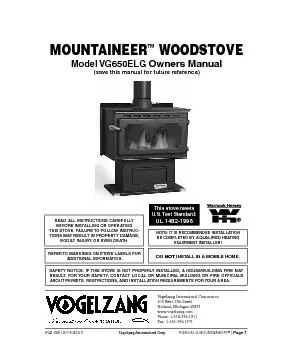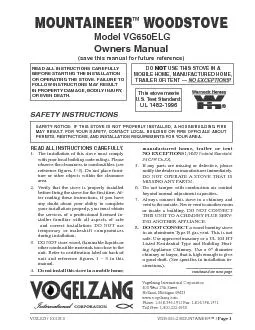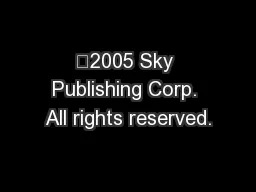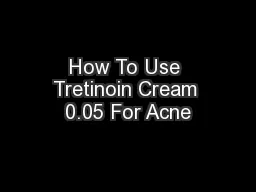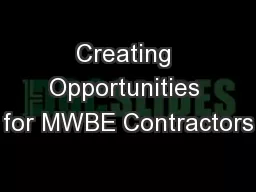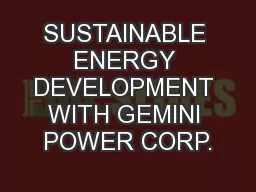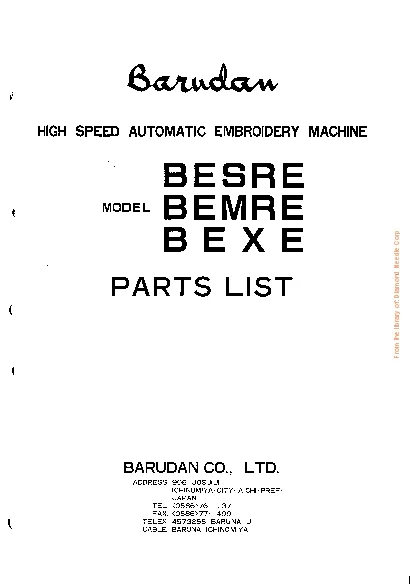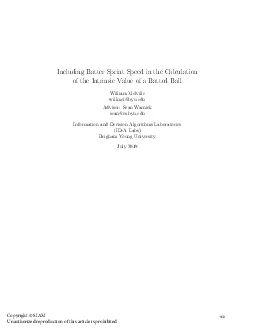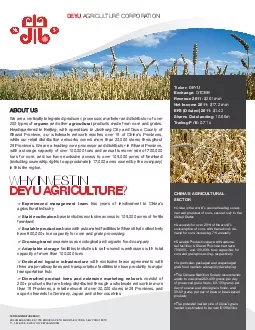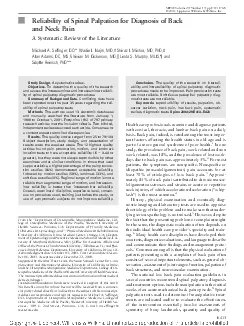PDF-VGZ-025 | 20120424.0Vogelzang International Corp.VG650ELG MOUNTAINPage
Author : ellena-manuel | Published Date : 2015-09-10
This stove meets US Test Standard MOUNTAINEERModel VG650ELG Owners Manualsave this manual for future reference Vogelzang International Corporation400 West 17th StreetHolland
Presentation Embed Code
Download Presentation
Download Presentation The PPT/PDF document "VGZ-025 | 20120424.0Vogelzang Internatio..." is the property of its rightful owner. Permission is granted to download and print the materials on this website for personal, non-commercial use only, and to display it on your personal computer provided you do not modify the materials and that you retain all copyright notices contained in the materials. By downloading content from our website, you accept the terms of this agreement.
VGZ-025 | 20120424.0Vogelzang International Corp.VG650ELG MOUNTAINPage: Transcript
Download Rules Of Document
"VGZ-025 | 20120424.0Vogelzang International Corp.VG650ELG MOUNTAINPage"The content belongs to its owner. You may download and print it for personal use, without modification, and keep all copyright notices. By downloading, you agree to these terms.
Related Documents

